
Broccoli and cauliflower in short supply – is there a hunger gap coming?
Extreme weather and pests are threatening the supply of broccoli and cauliflower in Europe – and Switzerland. The shortage is mainly due to last year's devastating floods in Valencia. These popular vegetables could become scarce, especially in spring. However, the industry is already working on innovative solutions.
Thursday, March 13, 2025
In addition to numerous foodstuffs such as coffee and cocoa, extreme weather conditions are also affecting popular vegetable varieties. Accordingly, there could soon be a shortage of cauliflower and broccoli, as reported by Euronews. The devastating floods in Valencia, among other things, have contributed to this. Since then, numerous important growing areas have been destroyed, leading to a vegetable shortage throughout Europe.
Between April and June – during the so-called hunger gap, when few of the domestically grown plants are ripe for consumption anyway – the bottleneck is likely to be felt. The persistently warm winters and increasing pest infestation are further complicating cultivation.
Cauliflower – a traditional vegetable
Cauliflower is one of the few vegetables that is eaten while still in flower, as can be read in a report in the magazine Schweizer Bauer. It originally comes from Asia Minor and has been cultivated in Europe since the 16th century. Today, the main growing areas in Europe are Poland, France, Belgium and the Netherlands. In Switzerland, the area under cultivation is around 580 hectares, of which 100 hectares are organically farmed, as the report goes on to say. Nevertheless, around 10,000 tonnes of cauliflower have to be imported annually to meet demand.
As a heavy feeder, cauliflower requires a lot of nutrients and prefers humus-rich soils and a warm, sunny location. However, it does not tolerate intense sunlight well, which is why it must be harvested before the bracts open. Otherwise, it must be covered with a film.
And it is precisely this sensitivity to sunlight that modern breeding methods address: companies like Syngenta have developed a new generation of cauliflowers whose flower heads remain white even in strong UV light. This innovation saves farmers work, time and money, as the laborious covering process is no longer necessary. At the same time, it prevents cauliflowers that are not visually perfect from being disposed of, even though they would be perfectly edible.
Innovations in plant breeding are increasingly being tailored to consumer needs. One example of this is new onion varieties that do not cause tears when cut. Such developments not only improve shelf life and yields, but also increase the benefits for consumers.
The impending shortage of broccoli and cauliflower shows how sensitively the food supply reacts to extreme weather. There is still no cure for flooding. However, thanks to technological advances in plant breeding, producers now have another option at their disposal to combat increased solar radiation. Without innovative agricultural solutions such as precision breeding, the future will not be possible.
Kindly note:
We, a non-native editorial team value clear and faultless communication. At times we have to prioritize speed over perfection, utilizing tools, that are still learning.
We are deepL sorry for any observed stylistic or spelling errors.
Related articles

French fries are becoming scarce
A shortage of seed potatoes is looming in 2024. If there is a shortage of seed potatoes, the popular carbohydrate suppliers cannot be harvested. And because seed potatoes are in short supply throughout Europe, importing them will also be difficult. According to Swisspatat, varieties of French fries are particularly affected.

Prices for pasta are on the rise
Poor weather conditions led to poor wheat yields around the world. This has an impact on products like pasta, couscous and bulgur: they cost significantly more.
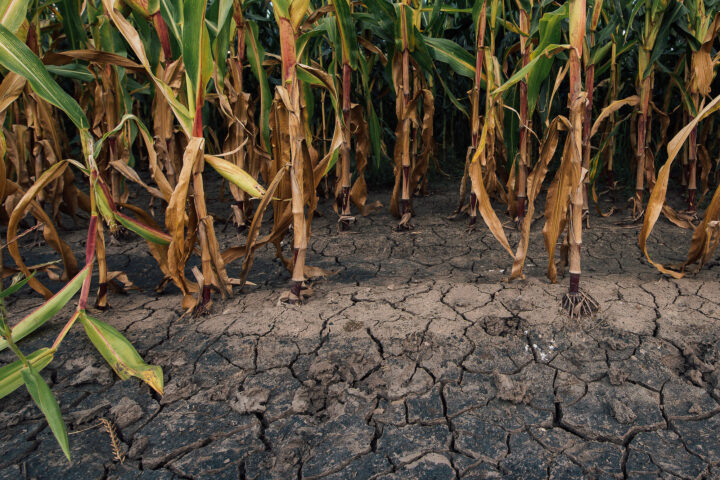
Climate change requires precision breeding
Central Europe is becoming hotter and drier due to climate change. We need robust new crop varieties to protect harvests against invasive pests. Innovative methods, such as precision breeding using gene editing, can help growers keep pace with climate change.
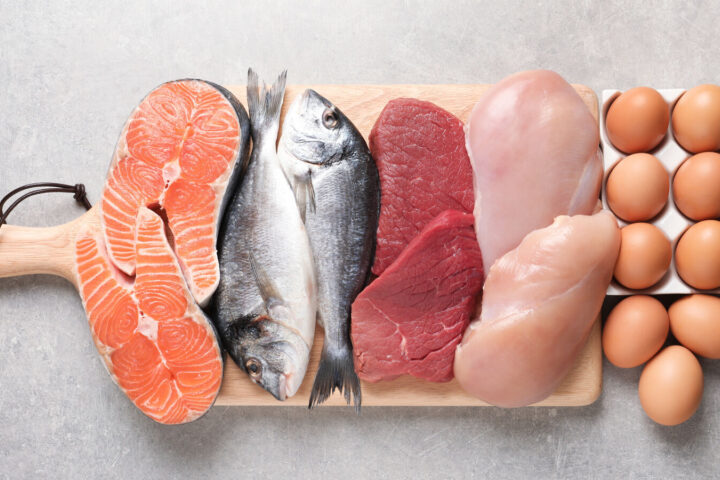
Sales bans due to PFAS: Should we be worried?
After spectacular sales bans on fish and meat due to PFAS contamination, consumers are asking themselves: How dangerous are these substances really – and what can still be placed in the shopping basket without concern?
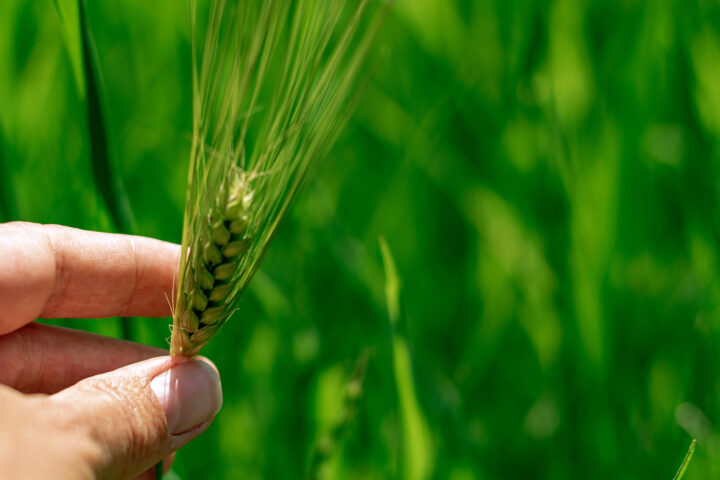
How German Experts View New Breeding Techniques
In hardly any other country is the idyllic image of organic farming cultivated in the public sphere as carefully as in Germany. Naturalness and rural authenticity are powerful mental refuges for many Germans. Against this backdrop, it is hardly surprising that resistance to new breeding techniques is strong – and that ignorance about the realities of organic farming sometimes appears almost deliberate.
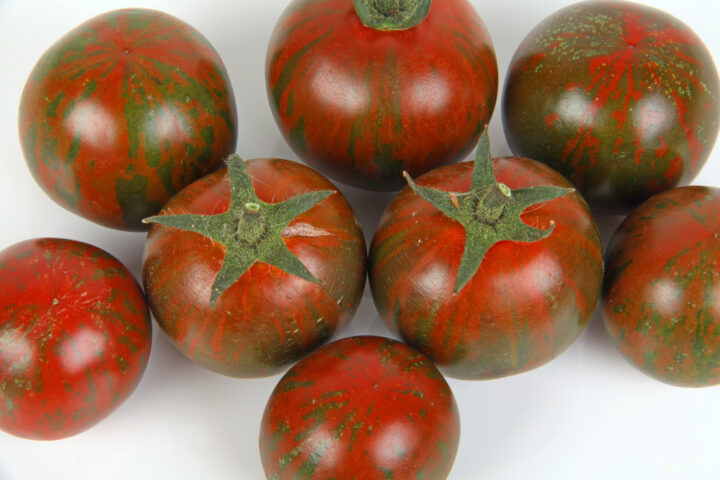
Why consumers accept gene-edited foods on their plates
Acceptance of gene-edited foods increases when the tangible benefits for consumers are easy to understand. A recent study by the Center for Food Integrity (CFI), conducted in collaboration with FMI – The Food Industry Association, shows that consumers evaluate technologies such as genome editing positively when they recognize clear advantages for health, the environment, or food security.
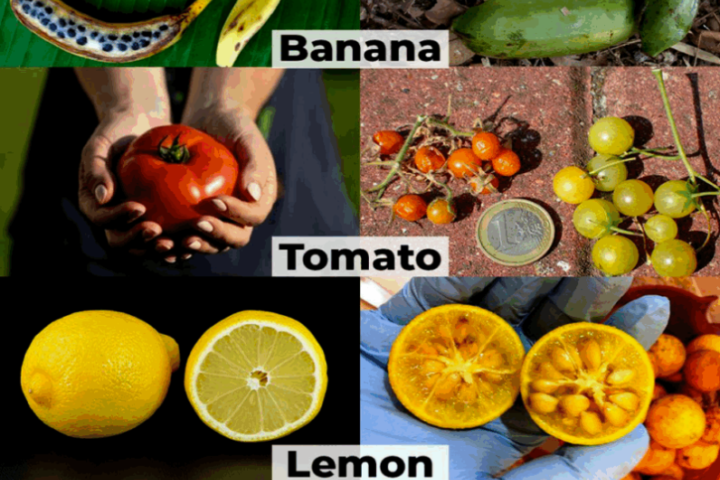
Beautiful and delicious mutants on your plate: The misunderstood world of crop improvement
When most of us hear the word mutation, the images that come to mind are not positive. We think of radioactive monsters, comic book villains, or genetic diseases like sickle-cell anemia. In popular culture, “mutants” are often synonymous with danger. Possibly the most famous are Marvel’s X-Men, who have enjoyed four big-screen incarnations and an enduring place among sci-fi movie aficionados.

